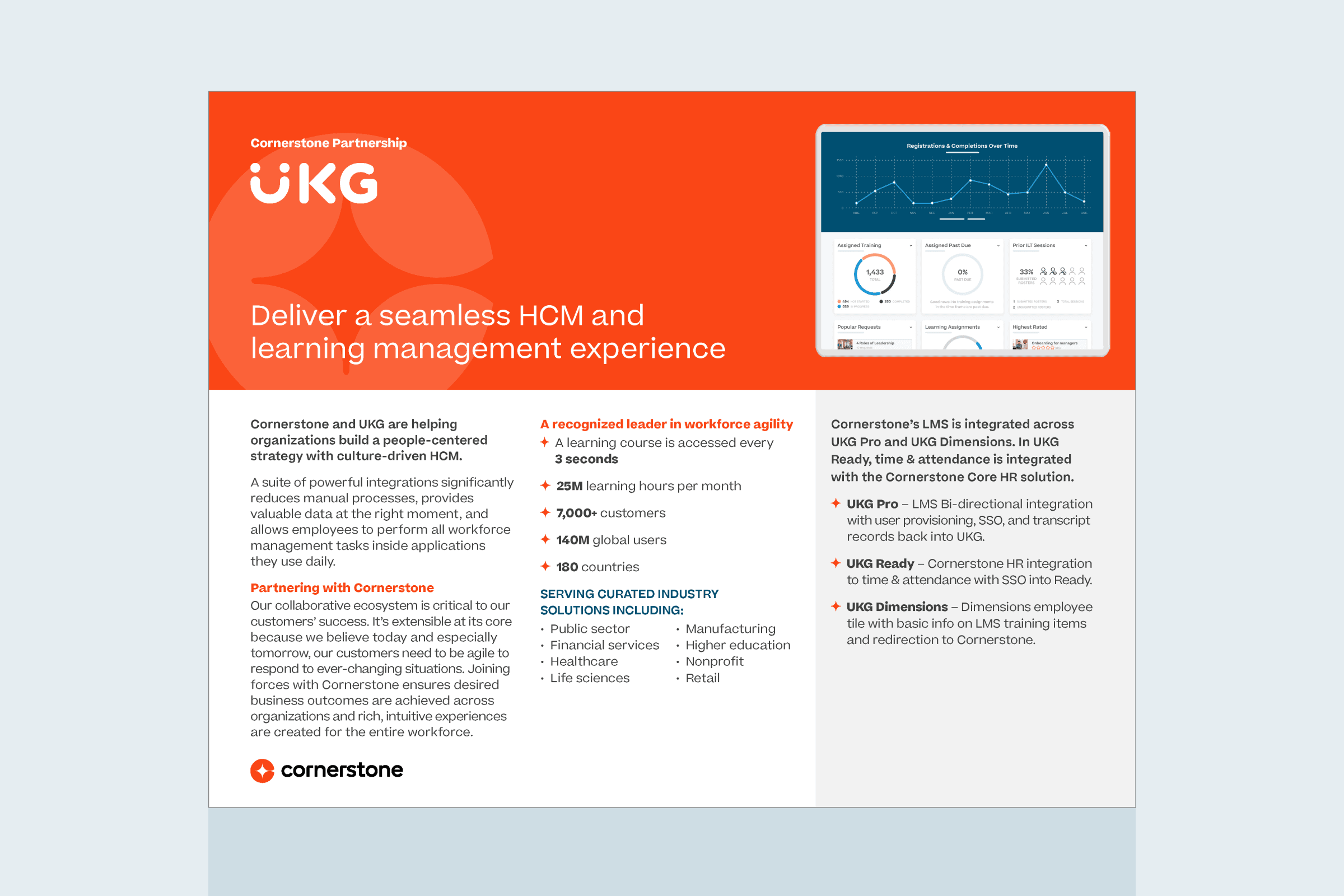Think about the last meeting you attended. Did it help you accomplish something? Or did you halfheartedly listen while responding to dozens of emails and researching another project? This latter story is all too familiar for time-pressed workers today.
Bain & Company recently studied time allocation for employees at 17 large companies and found that 15 percent of an entire organization’s collective time is spent in meetings, a number that’s steadily increased since 2008. And while managers often think about managing an individual’s time, it’s tough for them to see the bigger picture of how entire teams allocate hours. By treating time as a scarce resource, companies can cut overhead costs and free employees to accomplish innovative work.
"People spend a lot of time in meetings because meetings look like work," says Jody Thompson, co-founder of Results-Only Work Environment, a management strategy in which employees are evaluated by performance, not presence. "We ask people, ’of the 100 percent of your meeting time, how much of that do you think is wasted time?’ And people tell us 80 or 90 percent of it," Thompson says.
Time is money, and those squandered hours can cost companies millions.
Bain & Company used one company’s weekly meeting to study the ripple effects that can influence an entire organization. The purpose of the meeting: for senior executives to update one another on all aspects of the business. Beforehand, they met with team leaders, who had in turn met earlier with their teams for progress reports. By the end of the year, this meeting and the meetings leading up to it took up 300,000 person work hours over the course of the year. Using a typical nine-to-five workday, that's 37,500 work days per year.
In another instance, the firm found that a regularly scheduled 90-minute meeting of midlevel managers at a large manufacturing company cost more than $15 million annually. What’s more, the managers said that no one approved the meetings in the first place. One executive’s assistant simply put them on the calendar and everyone showed up.
Inexpensive scheduling tools and technology like video conferencing and screen sharing make it easier than ever to organize a meeting, but employees need to be more strategic about adding a pow-wow to the calendar, Thompson says.
"Instead of just defaulting to a meeting, managers should ask, ’what are we trying to accomplish? Then what’s the best way to do it?’ Oftentimes a traditional meeting isn’t the best solution," Thompson says.
If meeting organizers and attendees are more discretionary about the use of collective time, they’ll have fewer unproductive meetings, and the ones they do schedule will actually add value to their work. "There has to be something about the meeting that you’re actually engaged in. If you don’t go to the meeting, you won’t be able to get your work done," Thompson says.


